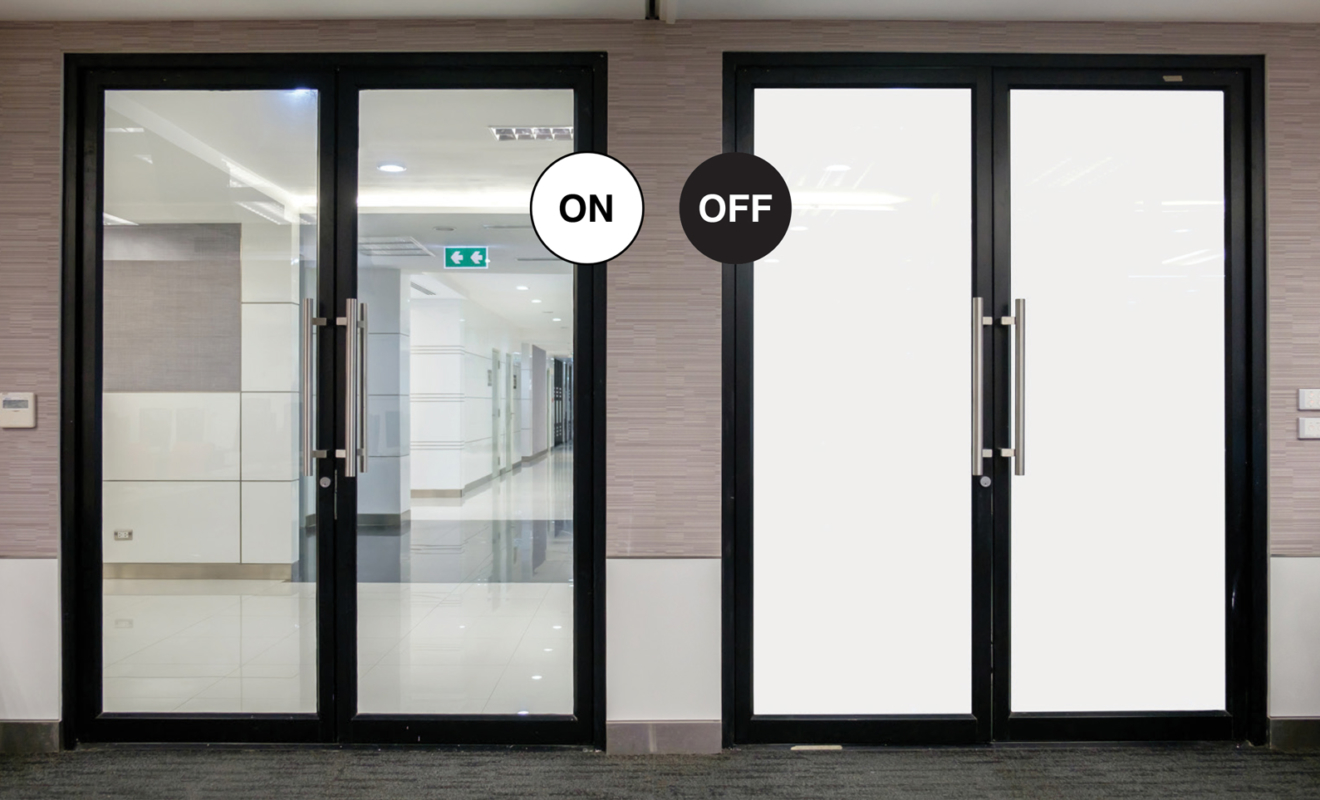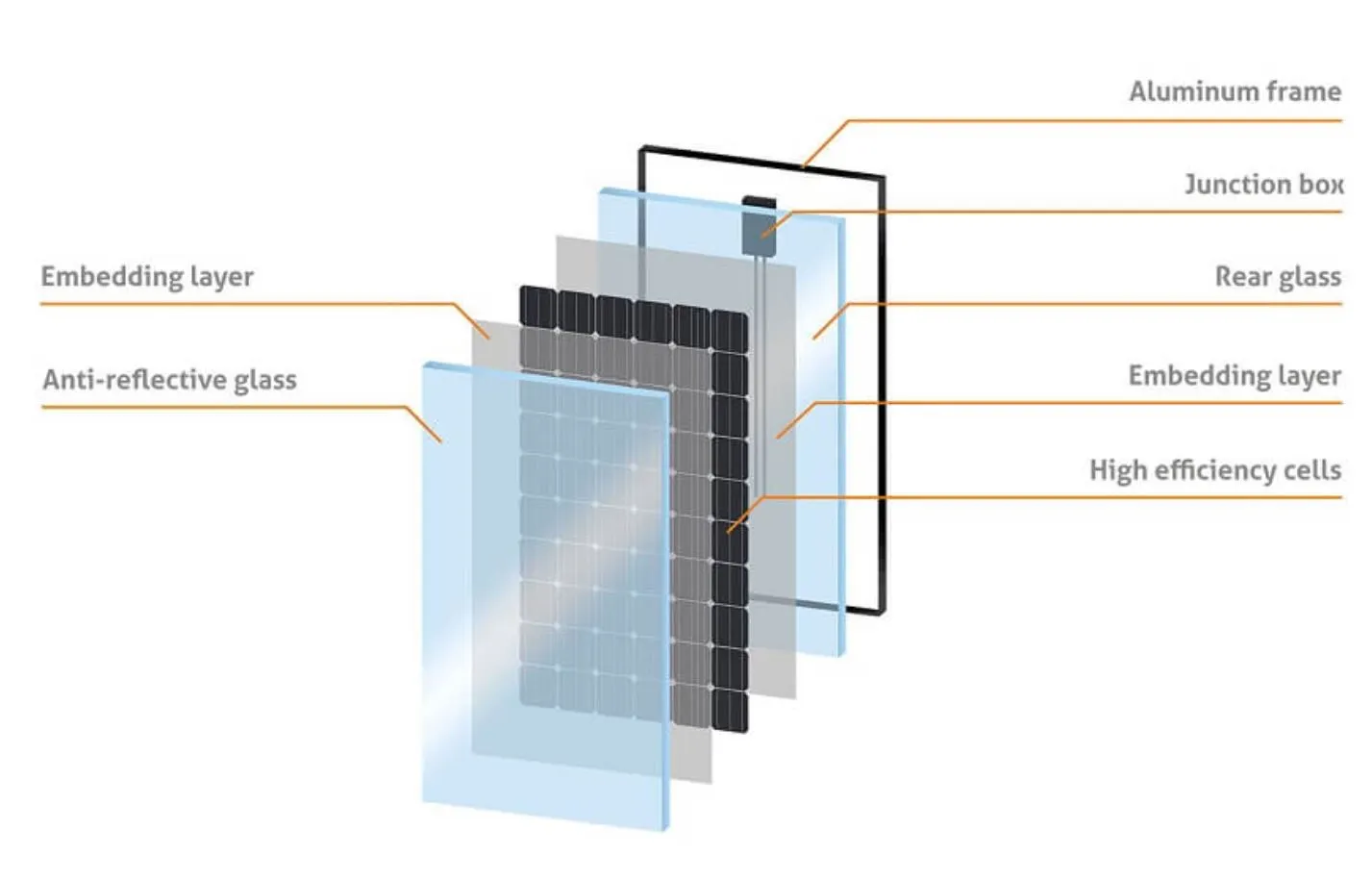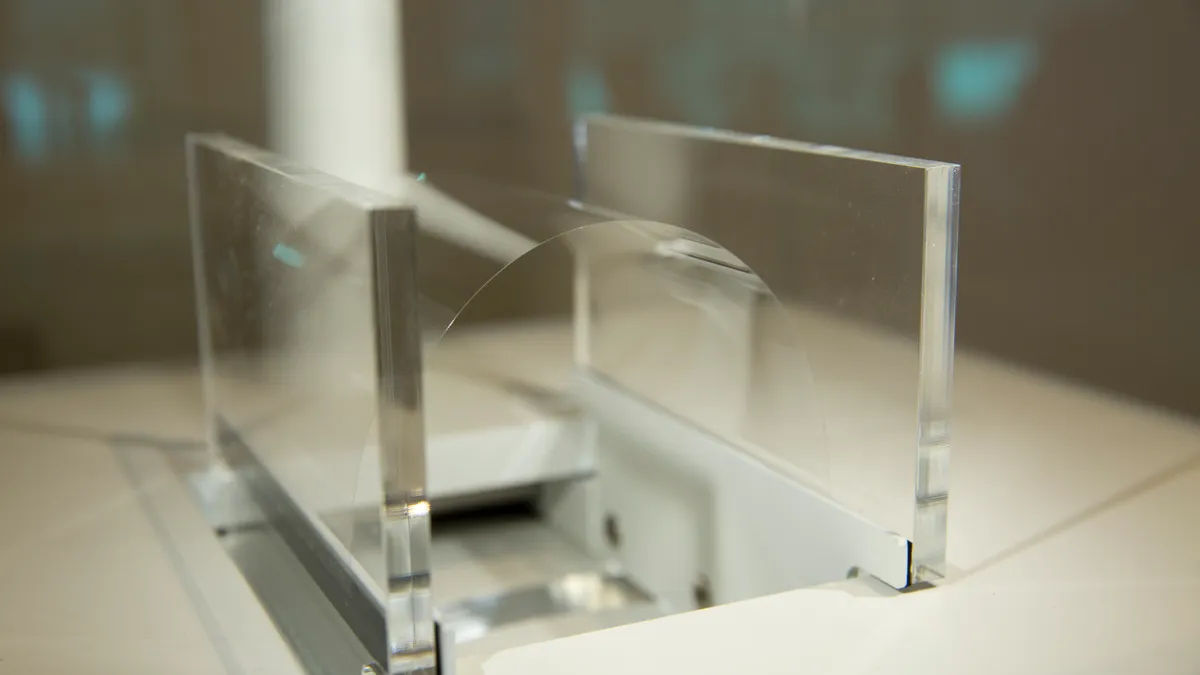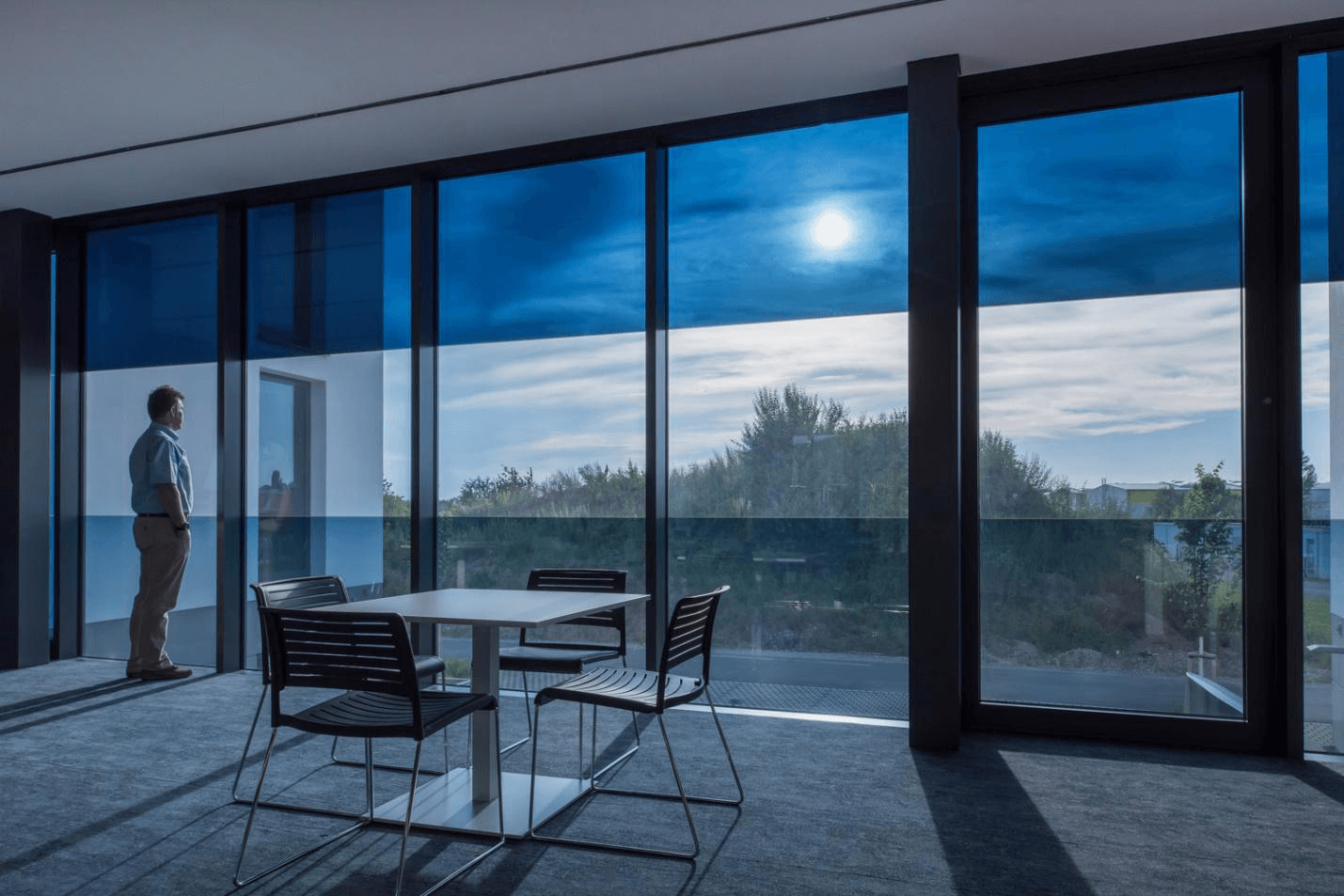Latest Glass Technology and Trends in the Façade Industry
TIME: 2023-08-01 READ: 1050 AUTHOR:
In the fast-evolving world of façade engineering, glass technology continues to advance, presenting architects, builders, and designers with exciting opportunities to create stunning and sustainable buildings. As a leading glass company dedicated to providing state-of-the-art glass solutions for the façade industry, we are proud to share insights into the latest glass technology and trends shaping the architectural landscape.

1. Smart Glass: Transforming Building Efficiency
Smart glass, also known as switchable glass or dynamic glass, is revolutionizing building design and energy efficiency. This innovative glass can alter its transparency or opacity in response to external factors like light, heat, or electrical currents. By dynamically controlling the amount of light and heat entering a building, smart glass significantly reduces the need for artificial lighting and air conditioning, leading to substantial energy savings. Additionally, it enhances occupant comfort and reduces the building's carbon footprint, making it a sought-after solution for environmentally conscious projects.

2. Photovoltaic Glass: Powering Sustainable Facades
The integration of photovoltaic (PV) cells into glass has become an emerging trend in the façade industry. Photovoltaic glass harnesses solar energy and converts it into electricity, offering a dual function of providing natural lighting while generating renewable energy. This integration enables buildings to produce clean energy on-site, reducing reliance on traditional power sources and contributing to a greener and more sustainable future. With further advancements in PV technology, we can expect even greater efficiency and aesthetics, paving the way for energy-positive buildings.

3. Ultra-Thin Glass: Pushing the Limits of Design
Ultra-thin glass is pushing the boundaries of architectural design. With remarkable strength and flexibility, it allows architects to create lighter and more visually striking façades. The use of ultra-thin glass not only enhances the building's aesthetics but also reduces material consumption and transportation costs. As a result, we anticipate an increasing demand for this cutting-edge glass solution in the construction of iconic skyscrapers and contemporary structures.
4. Energy-Efficient Coatings: Enhancing Performance
Energy-efficient coatings have emerged as a game-changer in the glass industry. These advanced coatings are designed to minimize solar heat gain, UV radiation, and glare while maximizing visible light transmission. By effectively managing these elements, energy-efficient coatings help regulate indoor temperatures, optimize natural lighting, and enhance occupants' comfort. As sustainability becomes a top priority for many projects, energy-efficient coatings have become an integral part of energy-conscious building design.

5. Electrochromic Glass: Adapting to Changing Environments
Electrochromic glass is gaining popularity due to its adaptive and controllable properties. Similar to smart glass, it allows users to adjust the level of tint to control light and heat penetration. However, unlike smart glass, electrochromic glass does not require a continuous power supply, making it more energy-efficient. This versatile glass solution finds applications in dynamic facades, skylights, and interior partitions, providing occupants with a seamless connection to their surroundings.
Conclusion
The world of glass technology is continually evolving, reshaping the possibilities in façade design and sustainability. As a leading glass company committed to innovation and quality, we are excited to be at the forefront of these advancements. By staying abreast of the latest trends, such as smart glass, photovoltaic glass, ultra-thin glass, energy-efficient coatings, and electrochromic glass, we can continue to provide cutting-edge solutions to our clients, enabling them to create remarkable, energy-efficient, and sustainable buildings that stand the test of time. Together, we can shape a greener and more dynamic future for architecture.
